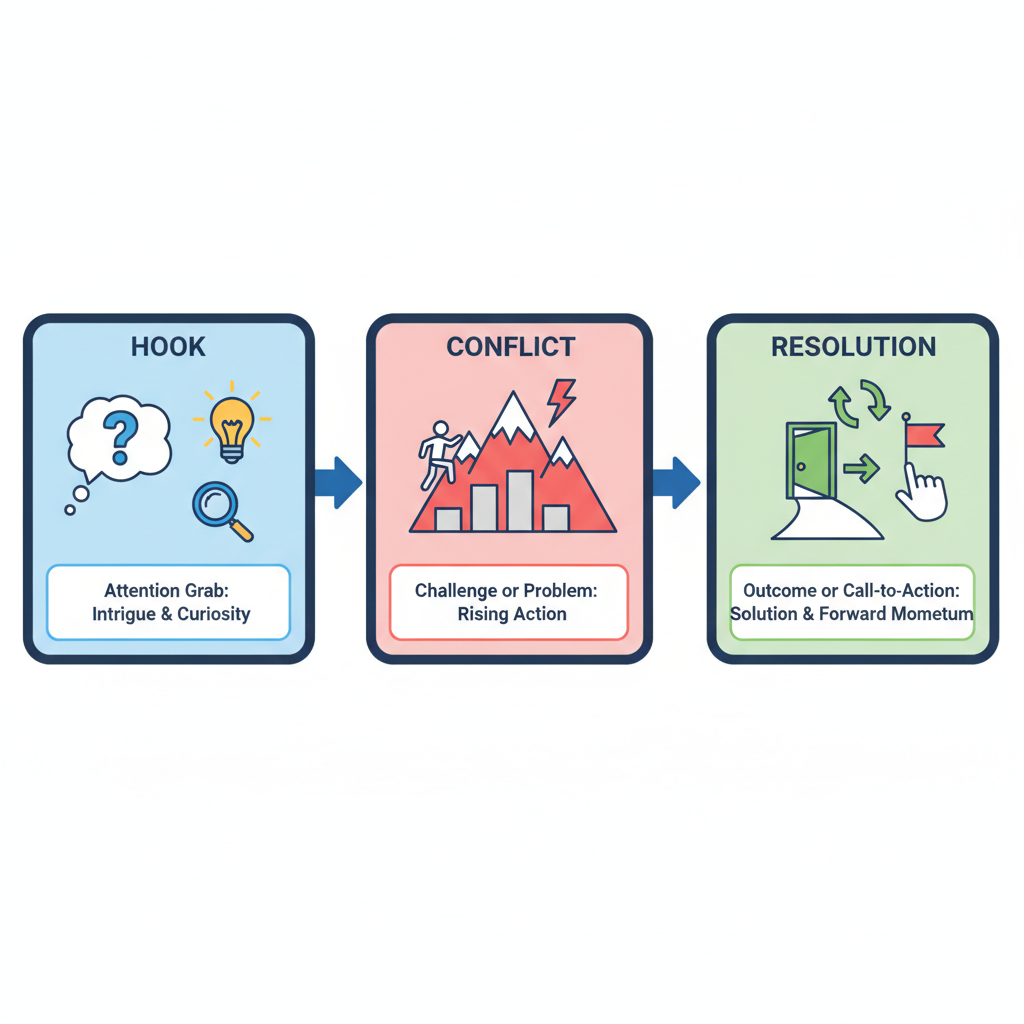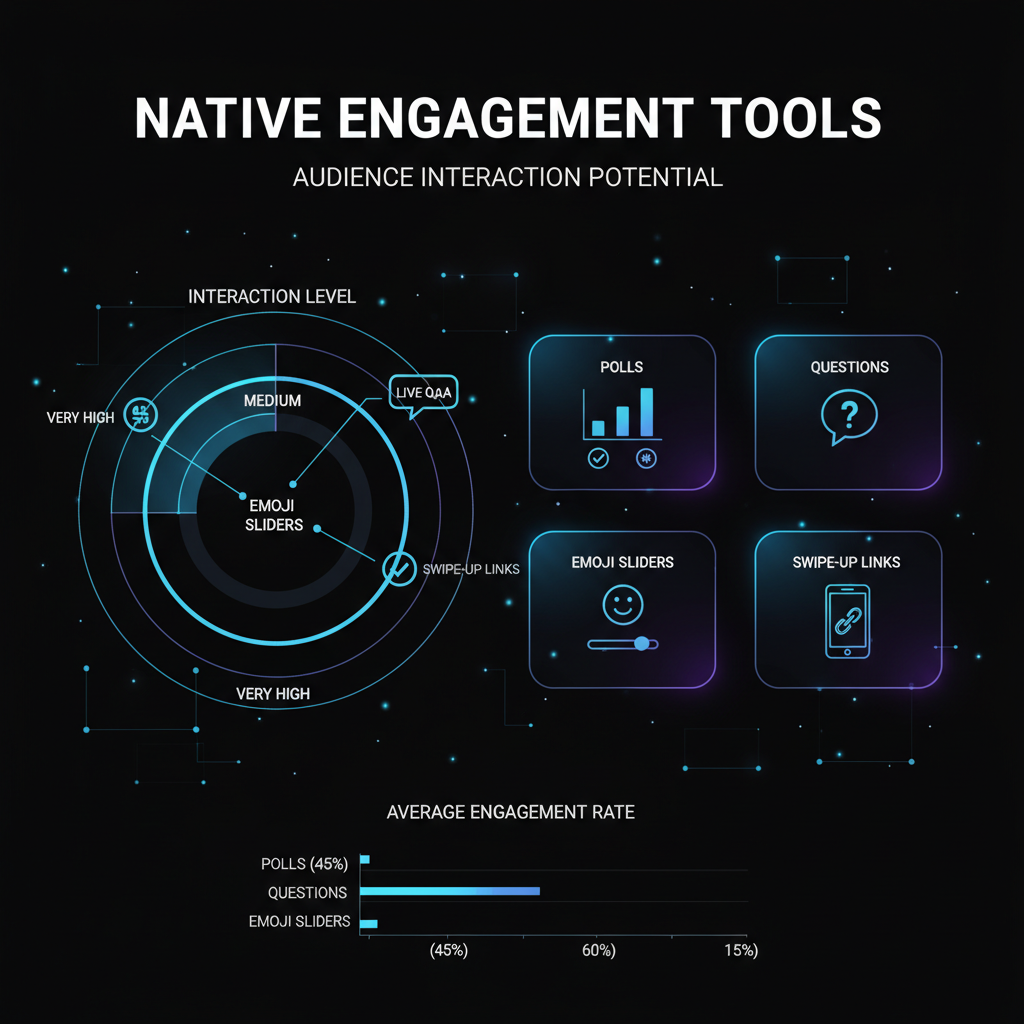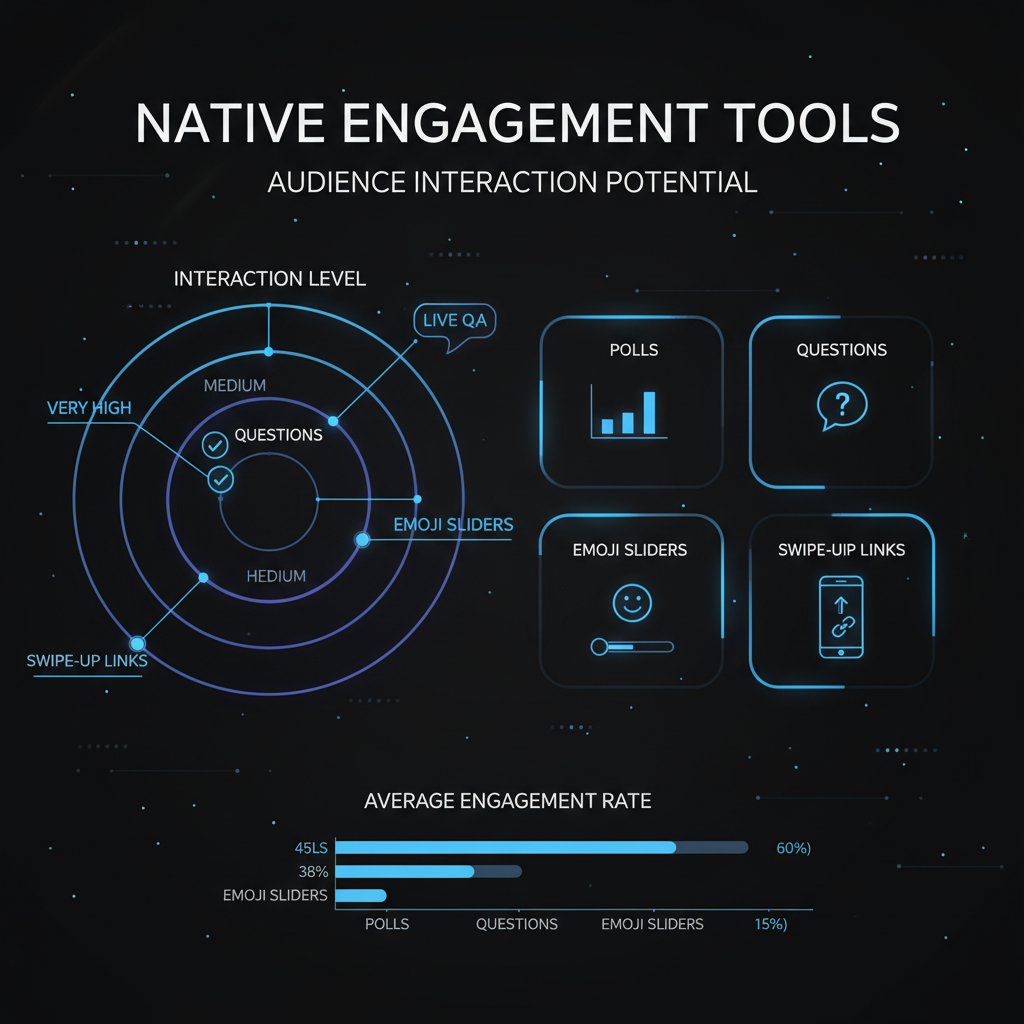Creating Engaging Story Content for Social Media Platforms
Learn to create compelling social media stories by researching your audience, crafting short arcs, and using interactive tools for better engagement.

Introduction to Story Content in Social Media Marketing
Story content has become a cornerstone of modern social media marketing, enabling brands and creators to share ephemeral, vertical-form media that captivates audiences within a 24-hour window. Whether on Instagram Stories, Facebook Stories, TikTok clips, or YouTube Shorts, mastering story content means understanding how to blend interactive elements, concise storytelling, and strong visuals for maximum impact. In this guide, you'll learn how to research your audience, craft compelling arcs, use native engagement tools, and fine-tune your approach for better performance and brand recognition.
---
Understanding “Story Content” Across Social Media Platforms
“Story content” refers to ephemeral, immersive, and often vertical-form media snippets made to engage audiences within 24 hours of posting. Popularized by Instagram Stories, the format has expanded to Facebook Stories, TikTok quick clips, and YouTube Shorts.
While each platform has its nuances, they share common features:
- Short Duration: Stories typically last between 5–15 seconds per slide or clip.
- Vertical Orientation: Optimized for mobile viewing (9:16 aspect ratio).
- Interactive Elements: Polls, questions, stickers, clickable links.
- Fleeting Lifespan: Most expire within 24 hours, encouraging immediate consumption.

Understanding each network’s story functionality allows creators to tailor content effectively.
---
Researching Your Target Audience’s Interests
Before crafting story content, know who you’re speaking to. Research involves:
- Audience Demographics: Age, gender, location.
- Behavioral Insights: Preferred topics, active hours, story completion rates.
- Format Preferences: Does your audience prefer quick polls over behind-the-scenes clips?
- Competitor Analysis: Study similar creators’ story themes and engagement levels.
Use analytics from your existing posts, surveys, and direct interactions to build a persona profile for your audience.
---
Building a Compelling Short Narrative Arc
Story content thrives when it follows a mini arc: Hook → Conflict → Resolution.
Hook
The first seconds decide whether a viewer continues. Use bold visuals, intriguing text, or provocative questions.
Conflict
Highlight a relatable problem, challenge, or curiosity point. In product marketing, the conflict could be a common pain point your service solves.
Resolution
Present a satisfying ending: a solution, reveal, or emotional payoff. Ensure this wraps up quickly to fit the short format.

Even in a 15-second clip, the narrative arc helps anchor your storytelling and keeps audiences invested.
---
Leveraging Native Engagement Tools
Interactive features are integral to story content because they foster participation.
Examples of tools per platform:
| Platform | Interactive Features |
|---|---|
| Instagram Stories | Polls, Questions, GIF stickers, Music, Swipe Up links |
| Facebook Stories | Polls, Tagging Friends, Location Stickers |
| TikTok | Duet/Reactions, Stickers, Q&A |
| YouTube Shorts | Comment prompts, Hashtags, Community polls (via posts) |
Tip: Use at least one interactive element in every story series to boost watch time and replies.
---
Balancing Promotional and Personal Storytelling
Purely promotional stories often feel hollow. Audiences connect with authenticity, which means blending two types of content:
- Promotional Stories: Showcase products, services, special offers.
- Personal Stories: Behind-the-scenes, day-in-the-life, candid thoughts.
The optimal mix depends on your niche, but consider a 3:1 ratio: three personal or value-driven stories for every promotional one.
This balance humanizes your brand and encourages loyalty.
---
Developing Consistent Visual Branding
Visual consistency is critical for brand recognition in stories.
Elements to standardize:
- Fonts: Choose one or two font styles for text overlays.
- Colors: Select a palette aligned with your brand identity.
- Style: Maintain similar framing, lighting, and tone across clips.

Many creators use template apps (e.g., Canva, Adobe Express) to build branded layouts, ensuring stories feel cohesive—even when content varies.
---
Repurposing Longer Content into Bite-Sized Segments
Not every story needs to be crafted from scratch. Repurposing is cost-effective:
- Cut highlights from webinars or YouTube videos into multiple short slides.
- Transform blog summaries into quick tip stories.
- Use screenshots or clips from live streams, adding story-native text and stickers.
This approach saves time and reinforces key messages across multiple formats.
---
Analyzing Story Performance Metrics
Metrics help refine your story strategy for greater impact. Key measurements include:
| Metric | What It Indicates |
|---|---|
| Views | How many people tapped into your story |
| Exits | Points where viewers closed the story; high exits may signal weak segments |
| Replies | Direct interactions received from viewers |
| Completion Rate | Percentage of viewers who watched all slides |
Regularly track and analyze these numbers to adjust your content structure, pacing, and topics.
---
Incorporating Behind-the-Scenes and Real-Time Updates
Behind-the-scenes (BTS) content builds intimacy because it shows the authentic, unpolished side of your brand.
Examples:
- Pre-event setup footage
- Daily workflow snapshots
- Rehearsals or prototype previews
Real-time updates—like event highlights or breaking news—add urgency and encourage repeat viewing, as followers anticipate the next installment.
---
Planning a Story-Specific Content Calendar
A content calendar for stories helps maintain consistency. Unlike feed posts, stories benefit from higher frequency.
Suggested Workflow
- Weekly Themes: Assign a focus topic for each week.
- Daily Slots: Plan at least 2–3 story uploads per day.
- Seasonal Campaigns: Include major holidays and events.
- Reserve Spontaneous Slots: Leave gaps for real-time updates.
With planning, you reduce last-minute scrambling and ensure a balanced content mix.
---
Summary and Next Steps
Creating impactful story content requires a blend of creativity, strategic planning, and deep audience understanding. By combining platform-specific features, compelling short narratives, and consistent branding, you can craft stories that connect and convert.
Start by researching your audience’s preferences, using interactive tools to boost engagement, and analyzing performance to continually refine your approach. With the right mix of promotional and personal content, your stories will stand out across any social media platform.
Ready to elevate your story content strategy? Begin mapping your next story series today and watch your engagement climb.


